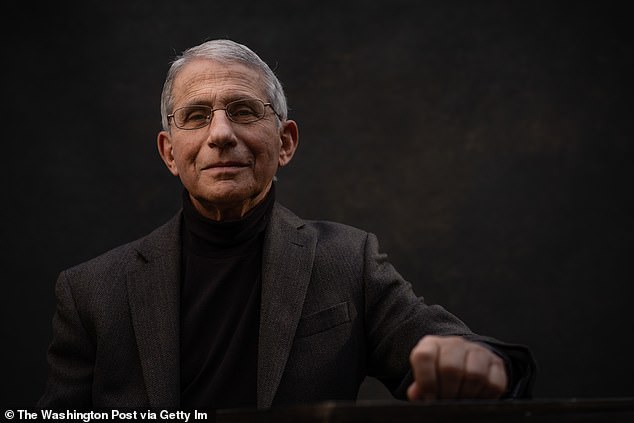Aaron Rodgers continues to step up his recovery from a torn Achilles tendon by working out with a Sunday morning session at the New York Jets’ practice facility.
While his off-field opinions are often on everyone’s minds, Rodgers focused on his preseason preparations this weekend as he headed to another workout with his Jets teammates.
Rodgers hasn’t played since last season’s opener, when he ruptured his Achilles tendon just four plays into his career with the New York Jets.
In the clip, posted on X by the Jets, Rodgers can be seen throwing a pass to receiver Garrett Wilson, much to the delight of fans.
Alongside the short clip, the caption read: “A little Sunday morning @AaronRodgers12 and @GarrettWilson_V.”
Aaron Rodgers returned to the Jets’ practice facility throwing deep passes Sunday morning.

Rodgers’ attention appeared to return to football after his recent controversial comments.

Rodgers throws a deep ball to receiver Garrett Wilson, to the delight of Jets fans
As expected, fans flooded the comments section with memes and responses, greeting the duo and getting excited for what could happen in the next 12 months.
On Tuesday, the four-time NFL MVP also admitted that he believes he is now running faster than ever as he enters what he hopes will be his first full season with the Jets.
Mail Sport has also been told that Rodgers hopes to play two or three more years at MetLife, despite his injury-plagued start to life in New York.
“He’s on a mission,” Jets head coach Robert Saleh said last month. “He’s on a mission to do many of the things he wanted to do last year and he won’t stop until he gets there.”
Speaking recently on the ‘I Can Fly Podcast’, Rodgers said he is ‘excited’ about his return to the field.
‘I fell in love with the game again (after joining the Jets) and then they took it away from me after four plays. I miss being there, I love competing,” he stated.

Rodgers accused Dr. Fauci of pushing STIs in the 1980s with the help of the US government.
‘Football is my happy place. That’s where I feel like I have the most control of my athletic ability. I missed it last year, I really missed it a lot. My heart was broken. I’m excited to get out on the field once again and, not in life or death, go into battle with my boys.’
Earlier this week, a video from last month of Rodgers, 40, went viral after claiming that Dr. Fauci, former director of the National Institute of Allergy and Infectious Diseases and chief medical adviser to the president, helped design the epidemic of sexually transmitted infections. of the 1980s with the support of the US federal government.
“The blueprint, the game plan was made in the ’80s,” Rodgers said during a Zoom interview with the Look Into It podcast in March.
Fauci, who led the US response to the COVID-19 pandemic under the Donald Trump and Joe Biden administrations, previously dealt with the AIDS epidemic, more than 40 years ago. During that time, he was often criticized for the government’s response to STIs, as more than 100,000 victims died between 1981 and 1990.
“Creating a pandemic, with a virus that’s going crazy,” Rodgers continued, adding that “Fauci received over $350 million to research this, to come up with drugs, new or repurposed, to manage the AIDS pandemic.”

Rogers is looking forward to the 2024 season in the fall after playing just one game in 2023.
“And the only thing they came up with was AZT.”
‘And if you do even a little research (and I know, I’m not an epidemiologist, I’m not a doctor, I’m not an immunologist, whatever), I can read, though. And I can learn and search for things like any normal person. “I can do my own research, which is so maligned, even to question authority,” Rodgers noted then.
The former Super Bowl champion then linked Fauci’s past controversies to the US government’s response to the coronavirus, which is blamed for more than a million deaths in the United States.
‘But that was the game plan back then: create an environment where only one thing works. Back then, AZT. Now? Remdesivir,’ Rodgers said without backing down, alluding to the antiviral drug created in the wake of the COVID-19 pandemic in 2020.


